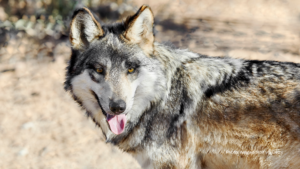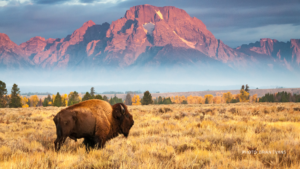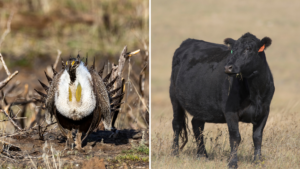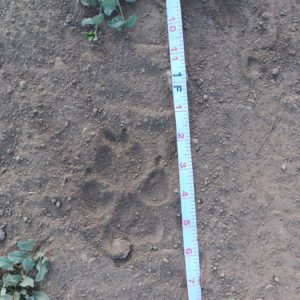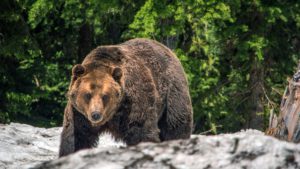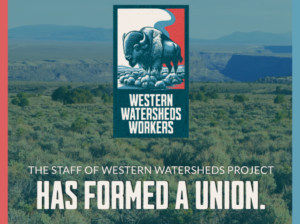For Immediate Release: July 6, 2023
Media Contacts:
Josh Osher, Western Watersheds Project, (406) 830-3099, josh@westernwatersheds.org
Madeleine Carey, WildEarth Guardians, (505) 417-5893, mcarey@wildearthguardians.org
Chandra Rosenthal, PEER, (303) 898-0798, crosenthal@peer.org
Mary O’Brien, Project Eleven Hundred, (541) 556-8801, maryobrien10@gmail.com
HAMILTON, Mont. — Yesterday, a coalition of environmental and conservation organizations submitted extensive comments (available here) to the Bureau of Land Management (BLM) on the proposed Conservation and Landscape Health rule released by the BLM in April. The rule would implement the direction that “the public lands be managed in a manner that will protect the quality of scientific, scenic, historical, ecological, environmental, air and atmospheric, water resource, and archeological values;” provided to the agency nearly 50 years ago when Congress passed the Federal Policy and Land Management Act (FLPMA). While the proposed rule is a decent start, it suffers from several significant flaws and limitations that are laid out in detail by the coalition’s letter.
The group’s letter highlights the BLM’s long history of failing to implement the policies and regulations it already has on the books. The virtual absence of management of livestock grazing over the past century, and particularly since 1990s when the BLM wrote what were supposed to be revolutionary new rules to stop the environmental destruction caused by livestock, should give the agency pause about how it approaches conservation in the future. Unfortunately, this proposed rule turns a blind eye to why public lands are so degraded in the first place and how to ensure that what gets put down on paper actually results in ecological restoration and protection on the ground.
“If the BLM doesn’t address the terrible ecological impacts from millions of cows and sheep and a livestock industry that is given free rein on BLM ‘managed’ lands, this rule and all the promises of conservation won’t amount to anything,” said Josh Osher, Public Policy Director for Western Watersheds Project. “Grazing on public lands is not restoration, nor is it complementary or compatible with conservation at anywhere near the present livestock densities.”
Recent science shows that livestock grazing on public lands have major climate impacts, including high emissions of methane, resulting in taxpayer-borne costs that far outstrip the income the federal government receives from grazing rents. “Until the BLM wakes up to this reality and makes real changes on the ground that address the actual causes of degradation, the public lands and everything that depends on them will continue to suffer,” said Osher.
“One of the reasons iconic native carnivore species like wolves and grizzly bears are endangered is due to lethal management by or on the behalf of public land permittees,” says Madeleine Carey, Southwest Conservation Manager for WildEarth Guardians. “If the BLM is serious about lands under their stewardship playing a role in continental conservation, they need to consider all the impacts of livestock on the landscape, including clarifying if BLM thinks lands where the persecution of native carnivores is legal should count as “conserved.”
The groups offered dozens of detailed recommendations to the BLM about how to strengthen and improve the proposed rule. These include policies that require the agency to not just “consider” but actually provide protection to critical areas of public lands; the incorporation of universal principles for restoration and mitigation backed by science and experience across the globe; improvements and modifications to the way public lands are assessed and evaluated based on lessons learned from the failure of the grazing program; and accountability measures to help ensure that the BLM carries out the direction in the rule and halts the downward trend of ecological health of the public lands.
“While this rule isn’t everything that the public deserves, it could be a game changer in the stagnant BLM culture by elevating the role of conservation.” Chandra Rosenthal, Public Employees for Environmental Responsibility.
“It’s past time for the BLM to acknowledge that sometimes simply removing a stressor will provide for more restoration than any number of active ‘treatments,” noted botanist Mary O’Brien of Project Eleven Hundred. “Voluntary retirement of cattle would be more than welcomed by these lands that have been trampled and consumed for a hundred years or more.”
A new proposal to rewild core areas for western public lands features voluntary grazing permit retirement as a central tenet for ecological restoration.
###

